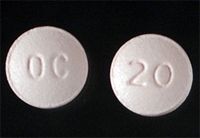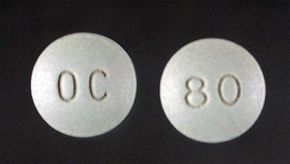Manufactured by Purdue Pharma L.P., OxyContin is a trade name for the drug oxycodone hydrochloride. OxyContin is a controlled-release form of oxycodone prescribed to treat chronic pain. When used properly, OxyContin can provide pain relief for up to 12 hours.
There has been a lot of media focus on this prescription drug due to reports of its abuse. OxyContin is one of the drugs that right-wing talk-show host Rush Limbaugh cited in 2003 as feeding his addiction to pain killers. Unfortunately, Limbaugh is not alone. More and more individuals are using Oxycontin for non-medical reasons. According to the 2003 National Survey on Drug Use and Health, approximately 2.8 million people aged 12 or older had used OxyContin nonmedically at least once in their lifetime. This is a statistically significant increase from the 1.9 million figure in the 2002 survey.
Advertisement
In this article, you'll find out what OxyContin is, some basics of how it works and what the problem is.

